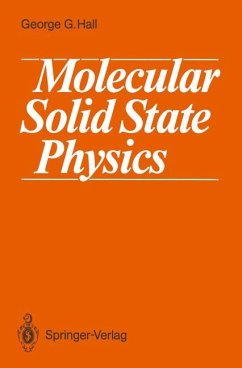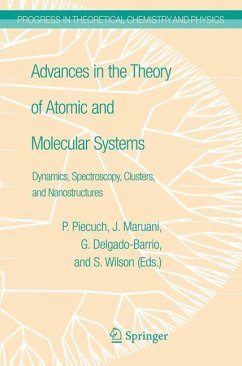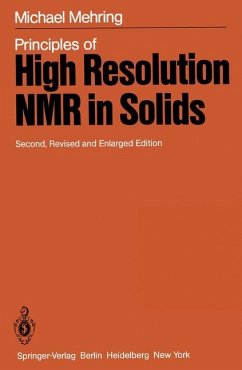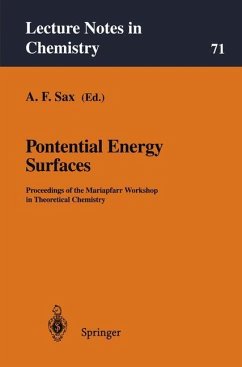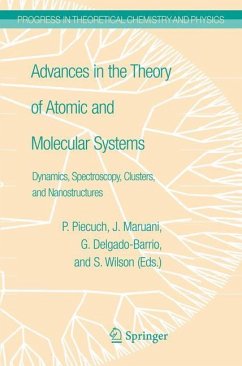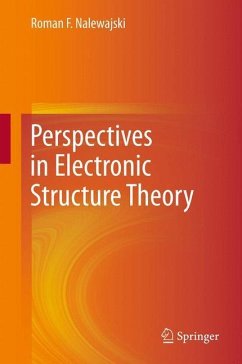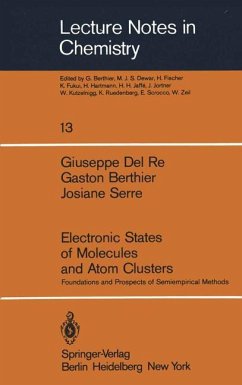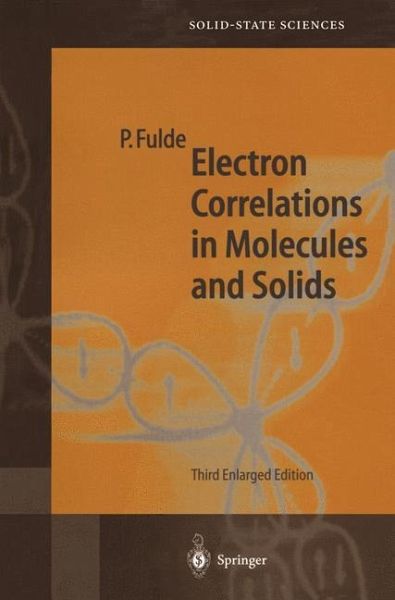
Electron Correlations in Molecules and Solids

PAYBACK Punkte
112 °P sammeln!
Electron Correlations in Molecules and Solids bridges the gap between quantum chemistry and solid-state theory. In the first half of the text new concepts are developed for treating many-body and correlation effects, combining standard quantum chemical methods with projection techniques, Greens-function methods and Monte-Carlo techniques. The second half deals with applications of the theory to molecules, semiconductors, transition metals, heavy-fermion systems, and the new high-Tc superconducting materials.





